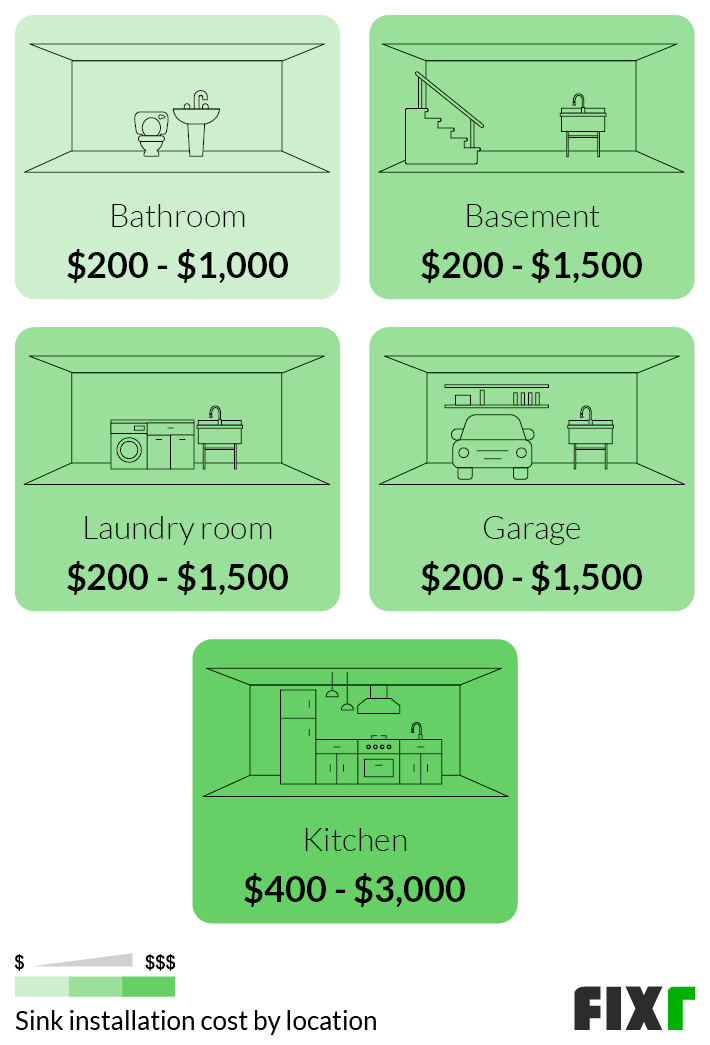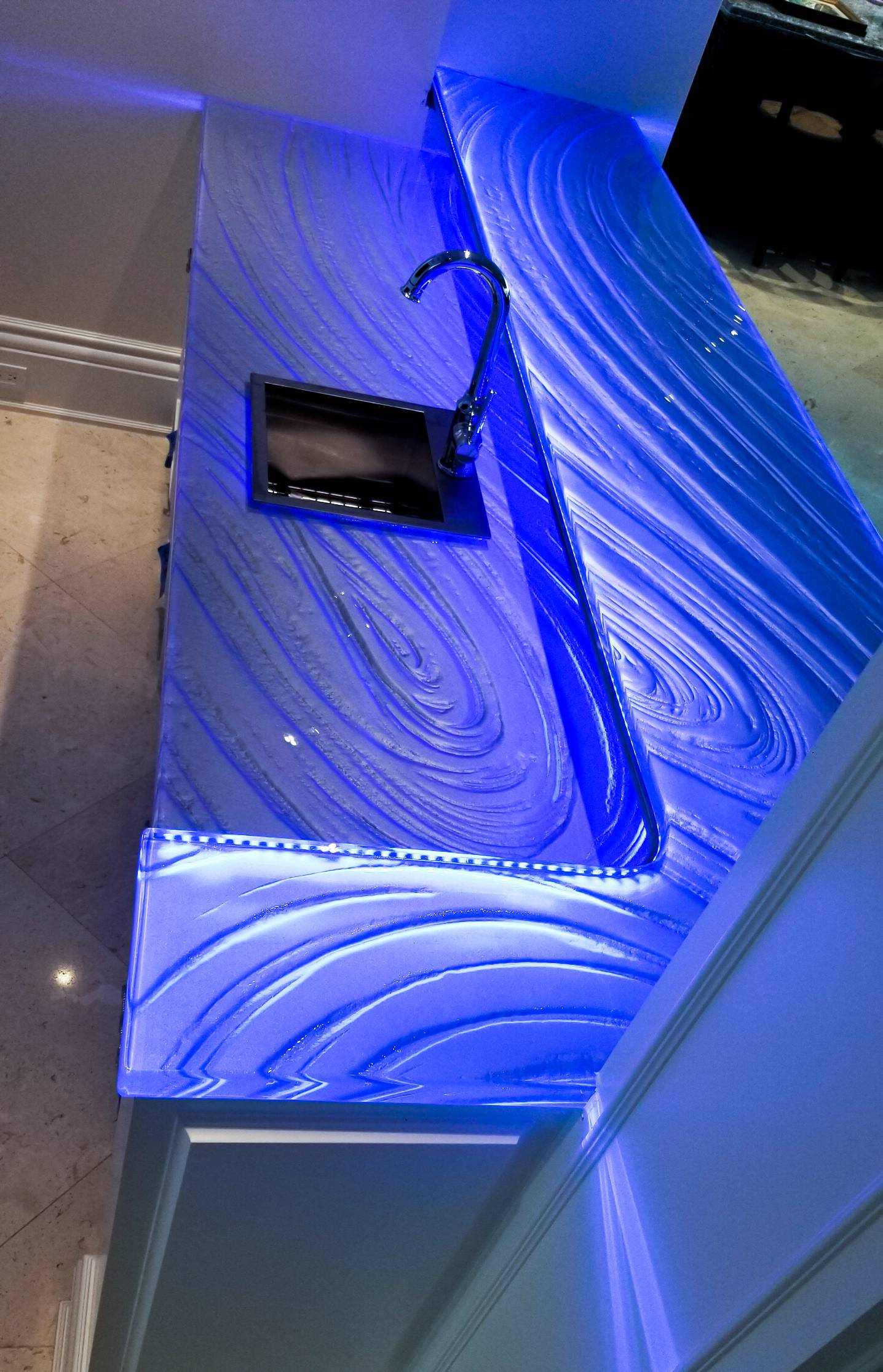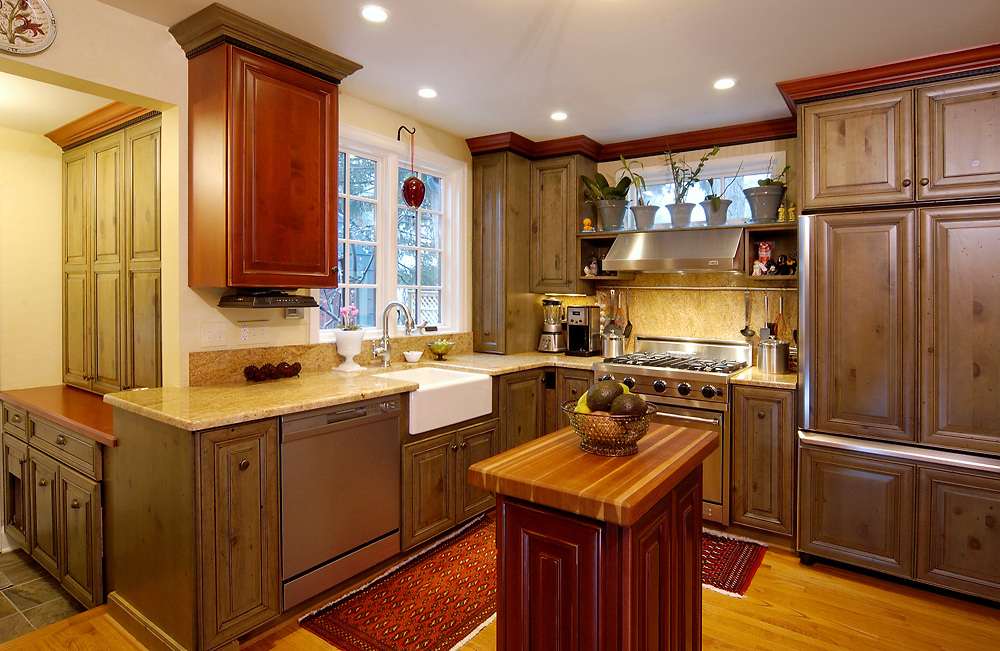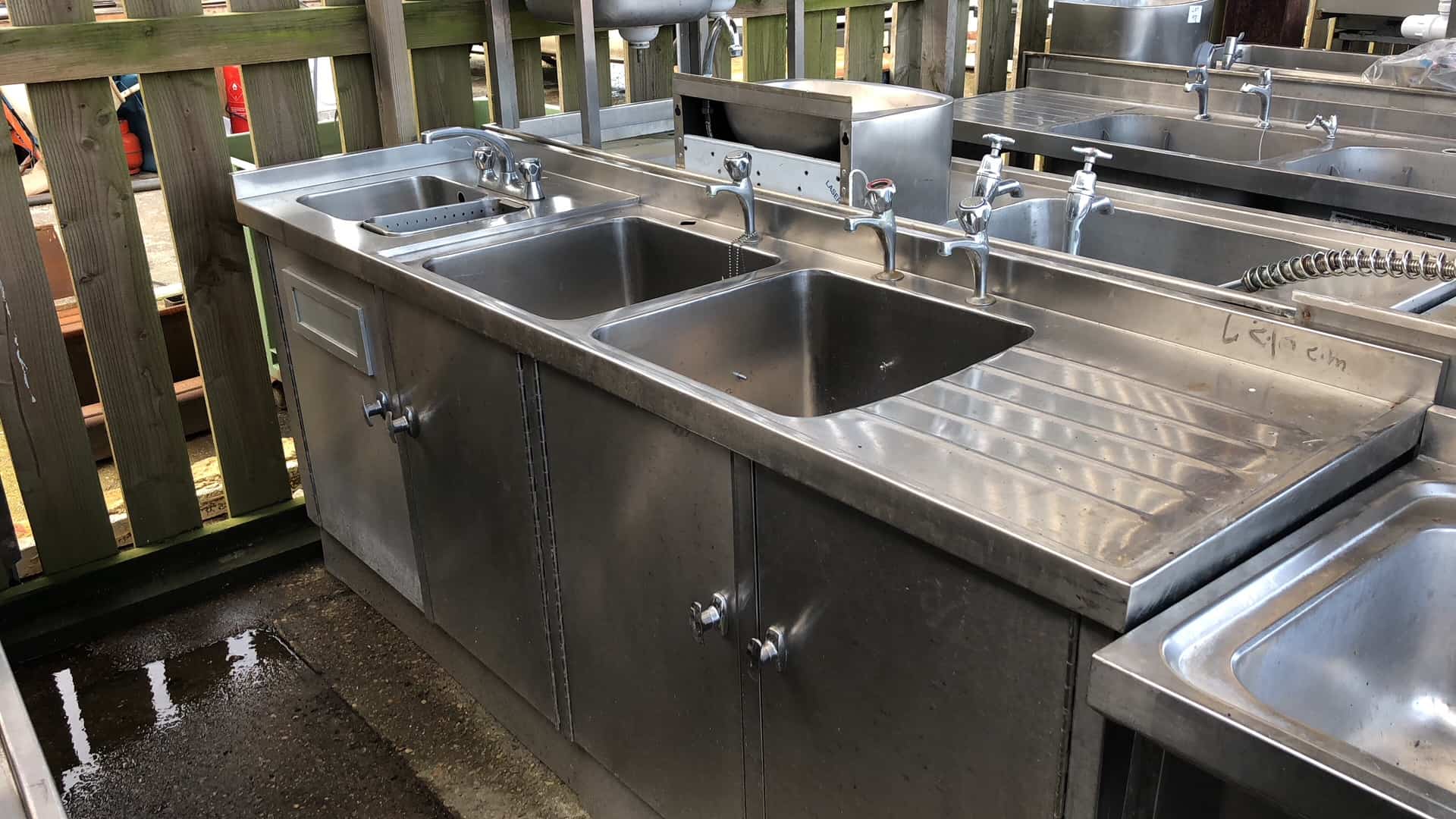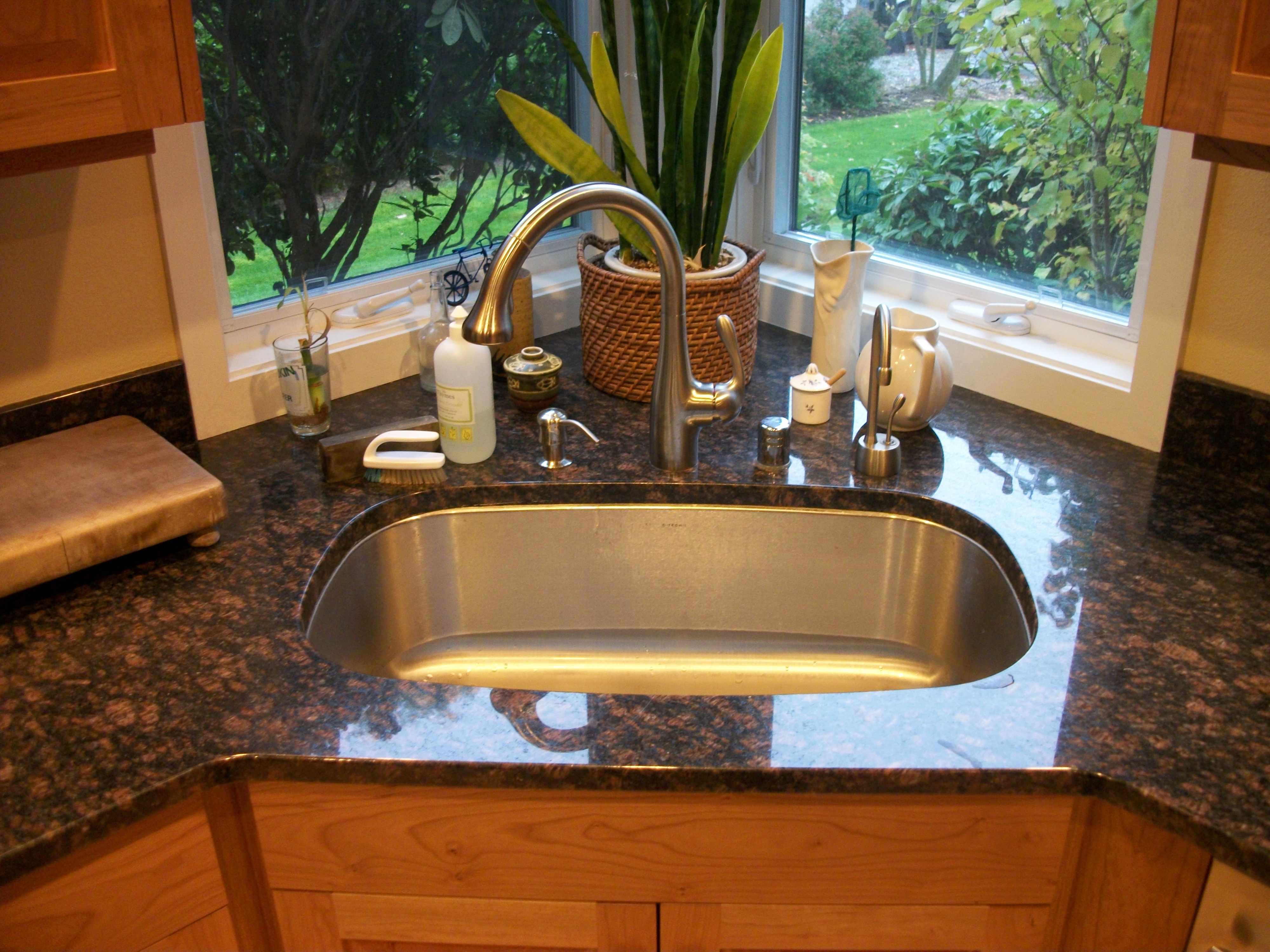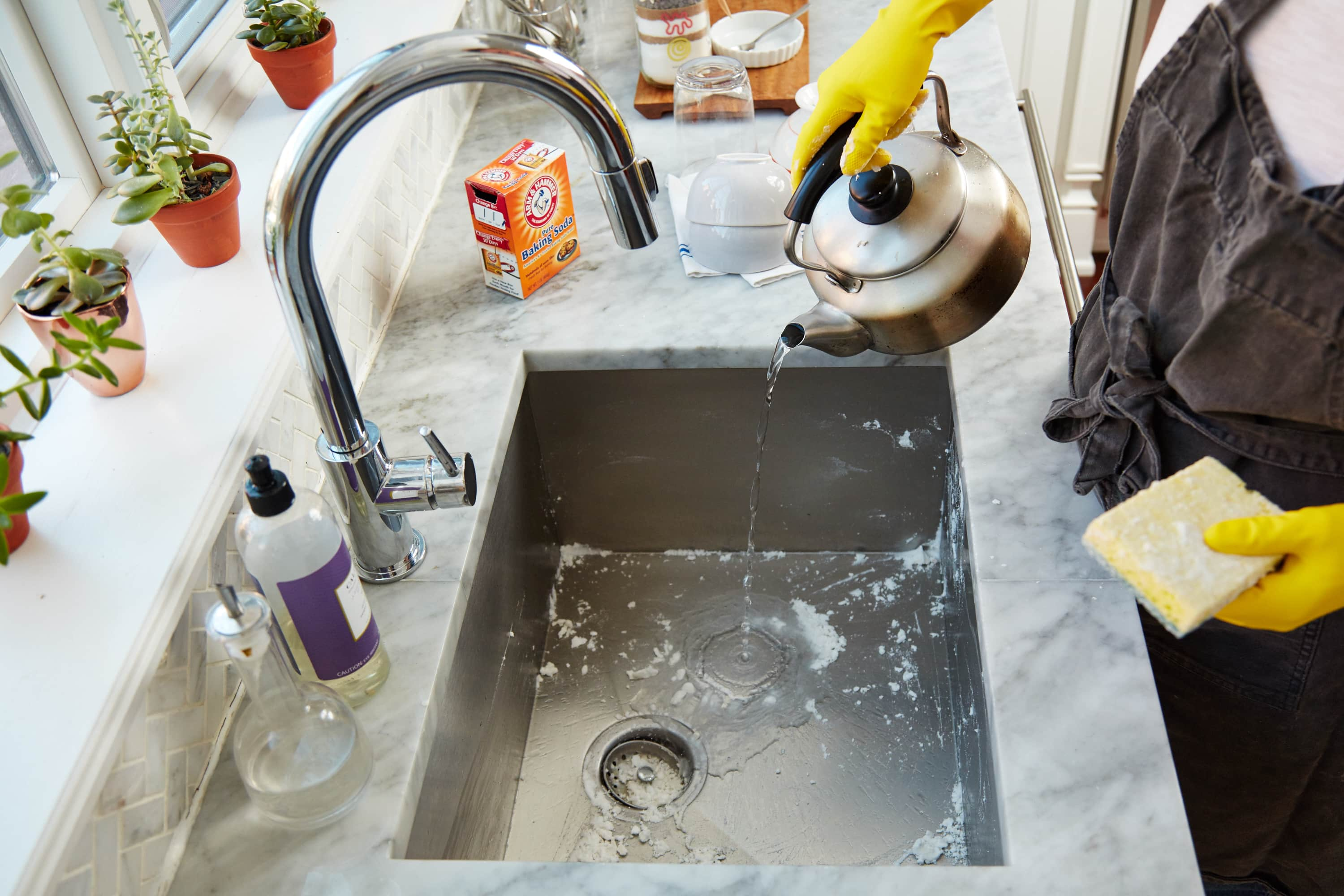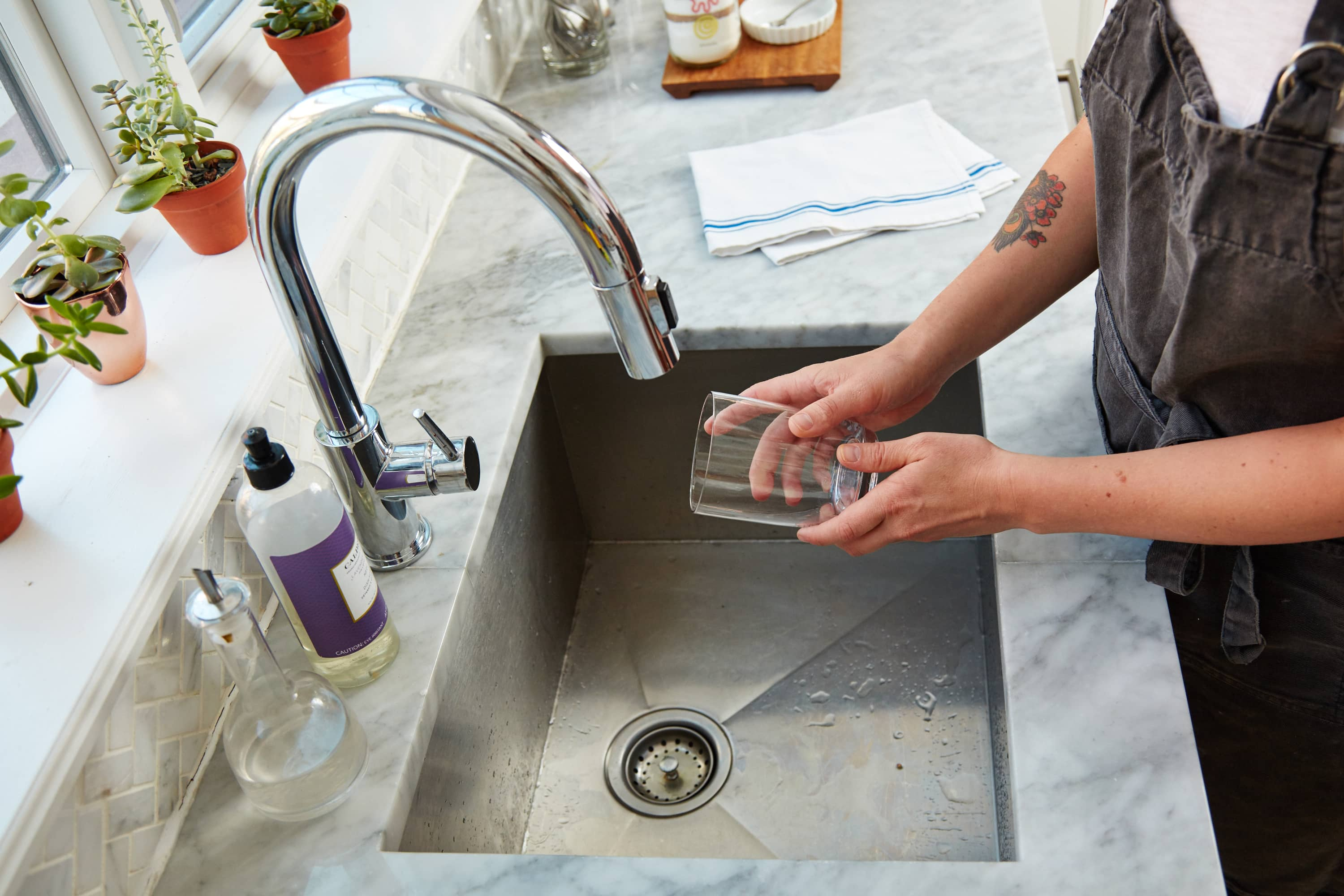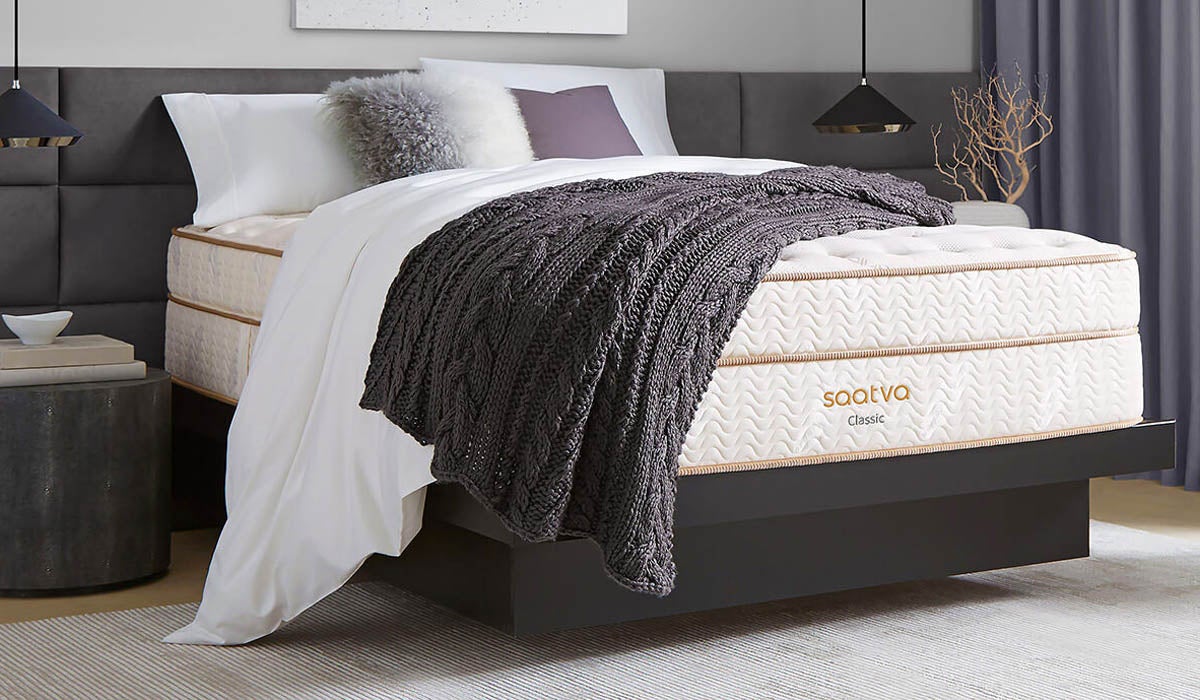When it comes to choosing a sink for your home, there are many options to consider. Two popular choices are the bar sink and the kitchen sink. While they may seem similar, there are actually some key differences between the two. In this article, we will break down the main differences between bar sinks and kitchen sinks, and help you decide which one is right for you.Bar Sink vs Kitchen Sink: What's the Difference?
The first thing to consider when choosing between a bar sink and a kitchen sink is how you will be using it. A bar sink is typically smaller and shallower than a kitchen sink, making it ideal for washing glasses, rinsing fruits and vegetables, and other light tasks. If you plan on using your sink primarily for these types of tasks, a bar sink may be the right choice for you. However, if you will be using your sink for heavy-duty tasks like washing pots and pans, a larger and deeper kitchen sink may be a better option. Kitchen sinks also tend to have more features, such as multiple compartments and a garbage disposal, making them more functional for everyday use in a busy kitchen.Bar Sink vs Kitchen Sink: Which One is Right for You?
As with any decision, there are pros and cons to consider when choosing between a bar sink and a kitchen sink. Some of the advantages of a bar sink include its smaller size, making it a space-saving option for small kitchens or wet bars. It is also more affordable than a kitchen sink, making it a budget-friendly choice. Additionally, a bar sink can be a stylish addition to any room, adding a touch of elegance and functionality. On the other hand, a kitchen sink offers more versatility and can handle larger and messier tasks. However, it is also more expensive and takes up more space. Some people may also find it less visually appealing than a bar sink.Bar Sink vs Kitchen Sink: Pros and Cons
As mentioned earlier, bar sinks are typically smaller and shallower than kitchen sinks. Bar sinks usually range in size from 15-25 inches, while kitchen sinks can be as large as 30-40 inches. The capacity of a bar sink is around 2-3 gallons, while a kitchen sink can hold up to 10 gallons. When considering the size and capacity, think about the tasks you will be using your sink for. If you tend to do a lot of washing and food prep, a kitchen sink may be a better fit. If you have limited space or only need a sink for light tasks, a bar sink may be the way to go.Bar Sink vs Kitchen Sink: Size and Capacity Comparison
Both bar sinks and kitchen sinks come in a variety of materials, including stainless steel, porcelain, and granite composite. Stainless steel is a popular choice for both types of sinks due to its durability and affordability. However, kitchen sinks often offer a wider range of materials, including more luxurious options like copper and fireclay. When choosing a material, consider the look and feel you want for your sink, as well as its durability and maintenance requirements. For example, stainless steel is easy to clean, but it can show water spots and scratches more easily than other materials.Bar Sink vs Kitchen Sink: Material Options
The installation process for bar sinks and kitchen sinks can also differ. Bar sinks are often installed as drop-in sinks, meaning they are placed into a pre-cut hole in the countertop. This type of installation is easier and more affordable, but it also means that the sink is not flush with the countertop. Kitchen sinks, on the other hand, can be installed as drop-in sinks or undermount sinks, which are mounted underneath the countertop for a seamless look. Undermount sinks are more expensive and require professional installation, but they can add a sleek and modern touch to your kitchen.Bar Sink vs Kitchen Sink: Installation Differences
As mentioned earlier, bar sinks are typically more affordable than kitchen sinks. The average cost for a bar sink installation is around $200, while a kitchen sink installation can range from $300-$600 or more, depending on the materials and installation method. Keep in mind that the cost can also vary depending on the brand and features of the sink. A high-end bar sink may cost more than a basic kitchen sink, so be sure to consider your budget and needs when making your decision.Bar Sink vs Kitchen Sink: Cost Comparison
While both types of sinks come in a variety of designs and styles, they do offer some distinct differences. Bar sinks are often more decorative and can be found in unique shapes and finishes. They can also add a touch of sophistication to a wet bar or entertainment area. Kitchen sinks, on the other hand, tend to have a more functional and utilitarian design. They often have larger compartments and may come with additional features like a built-in cutting board or soap dispenser. However, there are still many stylish options available for kitchen sinks, so you can find one that fits your aesthetic.Bar Sink vs Kitchen Sink: Design and Style Differences
Another factor to consider is the maintenance and cleaning required for each type of sink. Bar sinks, being smaller, are generally easier to clean and maintain. However, if you choose a material like stainless steel that shows water spots and scratches easily, you may need to clean it more frequently. Kitchen sinks, especially those with multiple compartments and a garbage disposal, may require more upkeep. Food particles and residue can get stuck in the disposal and cause odors, so it may need to be cleaned more often. Additionally, the larger size of kitchen sinks can make cleaning a bit more challenging.Bar Sink vs Kitchen Sink: Maintenance and Cleaning
If you love to entertain, you may be wondering which type of sink is better for hosting parties and gatherings. While both bar sinks and kitchen sinks can serve their purpose, a bar sink may be more convenient for entertaining guests. Bar sinks are perfect for rinsing glasses and preparing drinks, so if you have a wet bar or a designated area for entertaining, a bar sink may be the way to go. However, if you tend to do a lot of cooking and food prep during gatherings, a kitchen sink may offer more space and functionality.Bar Sink vs Kitchen Sink: Which One is Better for Entertaining?
The Importance of Choosing the Right Sink for Your Kitchen Design
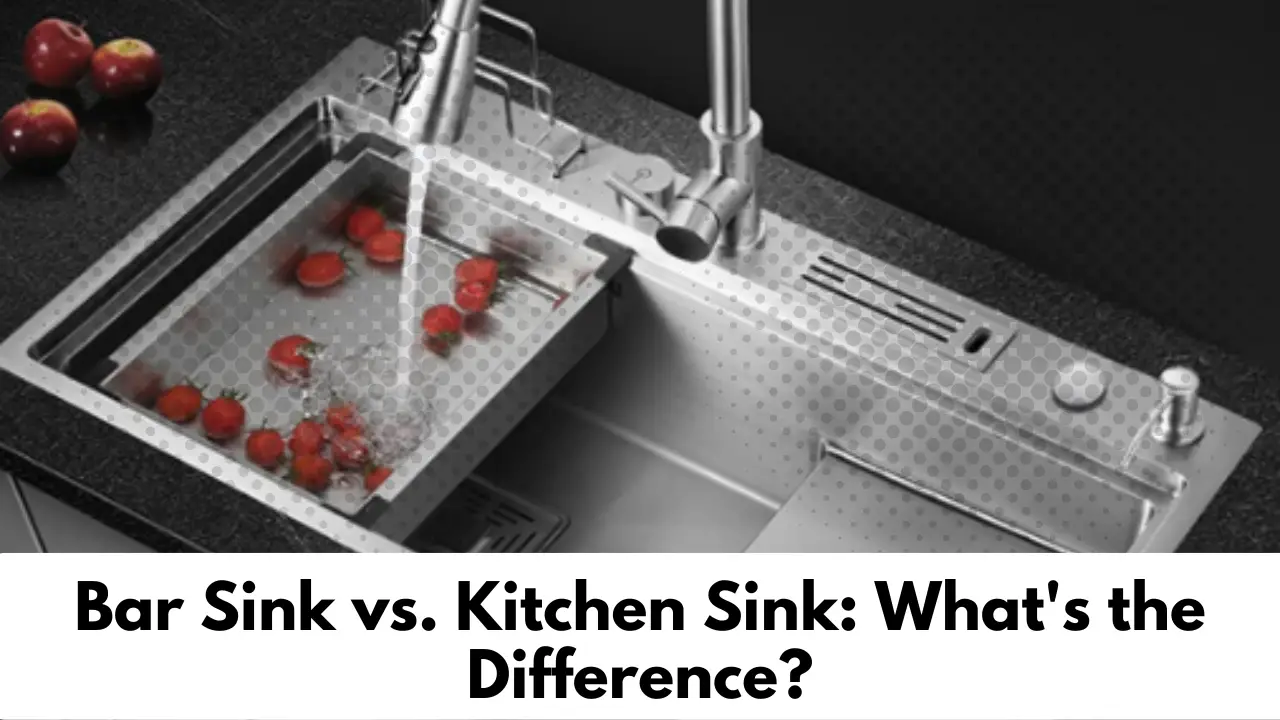
Bar Sink vs Kitchen Sink: Which One is Right for You?
 When it comes to designing your dream kitchen, every detail matters. From the color of the cabinets to the type of flooring, every decision contributes to the overall aesthetic and functionality of the space. One of the most important decisions you'll have to make is choosing the right sink for your kitchen. While there are various options available, the two most popular choices are bar sinks and kitchen sinks.
But how do you decide which one is right for your kitchen?
When it comes to designing your dream kitchen, every detail matters. From the color of the cabinets to the type of flooring, every decision contributes to the overall aesthetic and functionality of the space. One of the most important decisions you'll have to make is choosing the right sink for your kitchen. While there are various options available, the two most popular choices are bar sinks and kitchen sinks.
But how do you decide which one is right for your kitchen?
The Functionality of a Bar Sink
 A bar sink, also known as a prep sink, is typically smaller in size compared to a regular kitchen sink. It is mostly used for washing and prepping food, making it the perfect addition to a kitchen island or bar area.
Bar sinks are ideal for those who love to entertain and have a designated space for mixing drinks or preparing appetizers without cluttering up the main sink.
They are also a great option for smaller kitchens where counter space is limited but additional sink space is needed.
A bar sink, also known as a prep sink, is typically smaller in size compared to a regular kitchen sink. It is mostly used for washing and prepping food, making it the perfect addition to a kitchen island or bar area.
Bar sinks are ideal for those who love to entertain and have a designated space for mixing drinks or preparing appetizers without cluttering up the main sink.
They are also a great option for smaller kitchens where counter space is limited but additional sink space is needed.
The Versatility of a Kitchen Sink
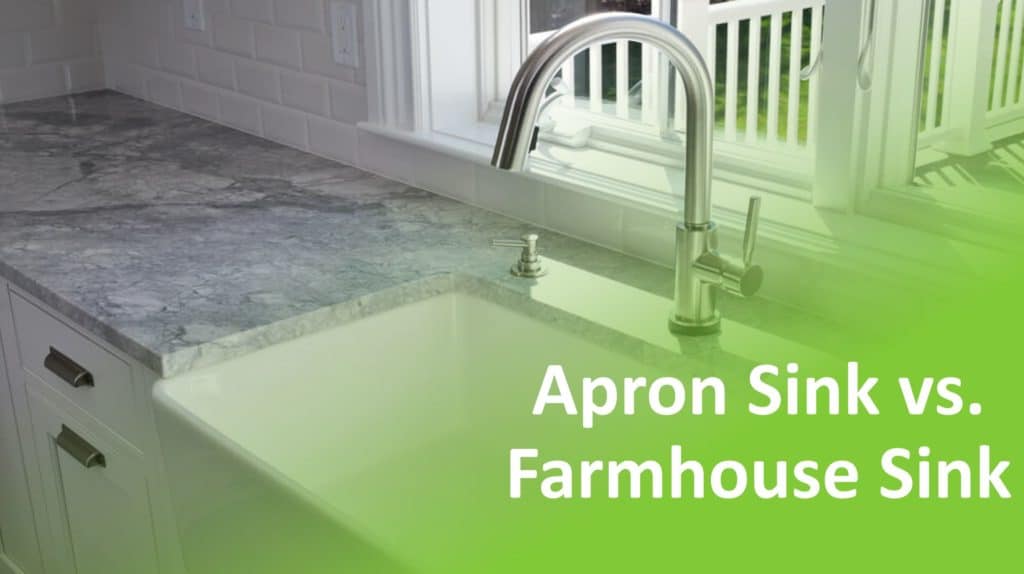 On the other hand, a kitchen sink is much larger and can accommodate a variety of tasks. From washing dishes and rinsing produce to filling up pots and pans, the kitchen sink is a workhorse in any kitchen.
Depending on your cooking and cleaning habits, a kitchen sink can make a big difference in your daily routine.
They also come in different configurations, such as double or single basin, giving you more options to customize according to your needs.
On the other hand, a kitchen sink is much larger and can accommodate a variety of tasks. From washing dishes and rinsing produce to filling up pots and pans, the kitchen sink is a workhorse in any kitchen.
Depending on your cooking and cleaning habits, a kitchen sink can make a big difference in your daily routine.
They also come in different configurations, such as double or single basin, giving you more options to customize according to your needs.
Consider Your Lifestyle and Design
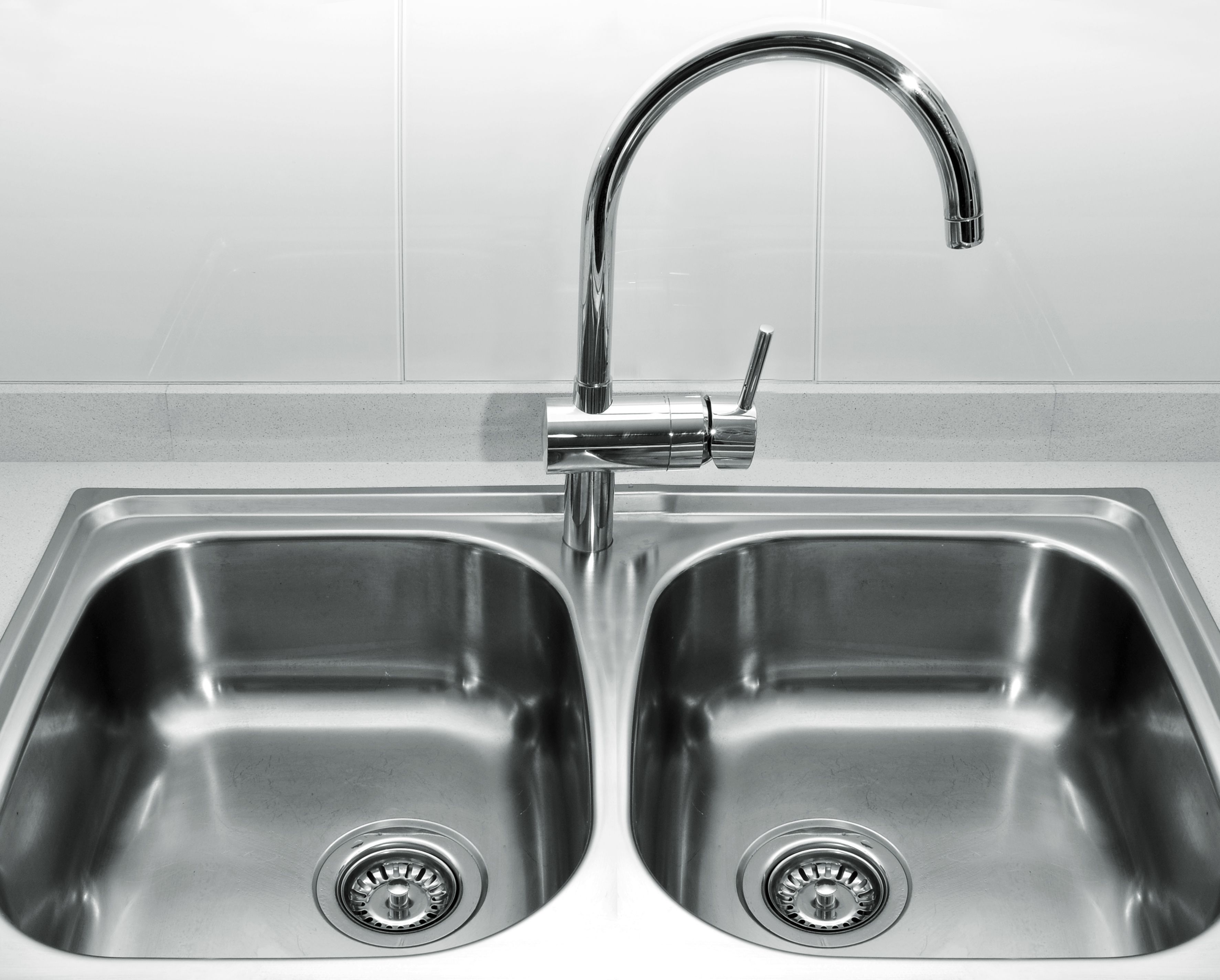 When deciding between a bar sink and a kitchen sink, it's important to consider your lifestyle and kitchen design.
If you frequently entertain and have a designated bar or prep area, a bar sink would be a great addition to your kitchen.
On the other hand, if you have a large family or love to cook and need a sink that can handle heavy-duty tasks, a kitchen sink would be the better option. You should also take into account the style of your kitchen and choose a sink that complements the overall design.
When deciding between a bar sink and a kitchen sink, it's important to consider your lifestyle and kitchen design.
If you frequently entertain and have a designated bar or prep area, a bar sink would be a great addition to your kitchen.
On the other hand, if you have a large family or love to cook and need a sink that can handle heavy-duty tasks, a kitchen sink would be the better option. You should also take into account the style of your kitchen and choose a sink that complements the overall design.
The Final Verdict
 In the end, the decision between a bar sink and a kitchen sink ultimately depends on your personal preferences and needs.
Both options offer their own unique benefits and it's important to consider your lifestyle and kitchen design before making a decision.
Whichever sink you choose, make sure it fits seamlessly into your overall kitchen design and enhances the functionality of the space. With the right sink, you can elevate your kitchen design and make daily tasks a breeze.
In the end, the decision between a bar sink and a kitchen sink ultimately depends on your personal preferences and needs.
Both options offer their own unique benefits and it's important to consider your lifestyle and kitchen design before making a decision.
Whichever sink you choose, make sure it fits seamlessly into your overall kitchen design and enhances the functionality of the space. With the right sink, you can elevate your kitchen design and make daily tasks a breeze.






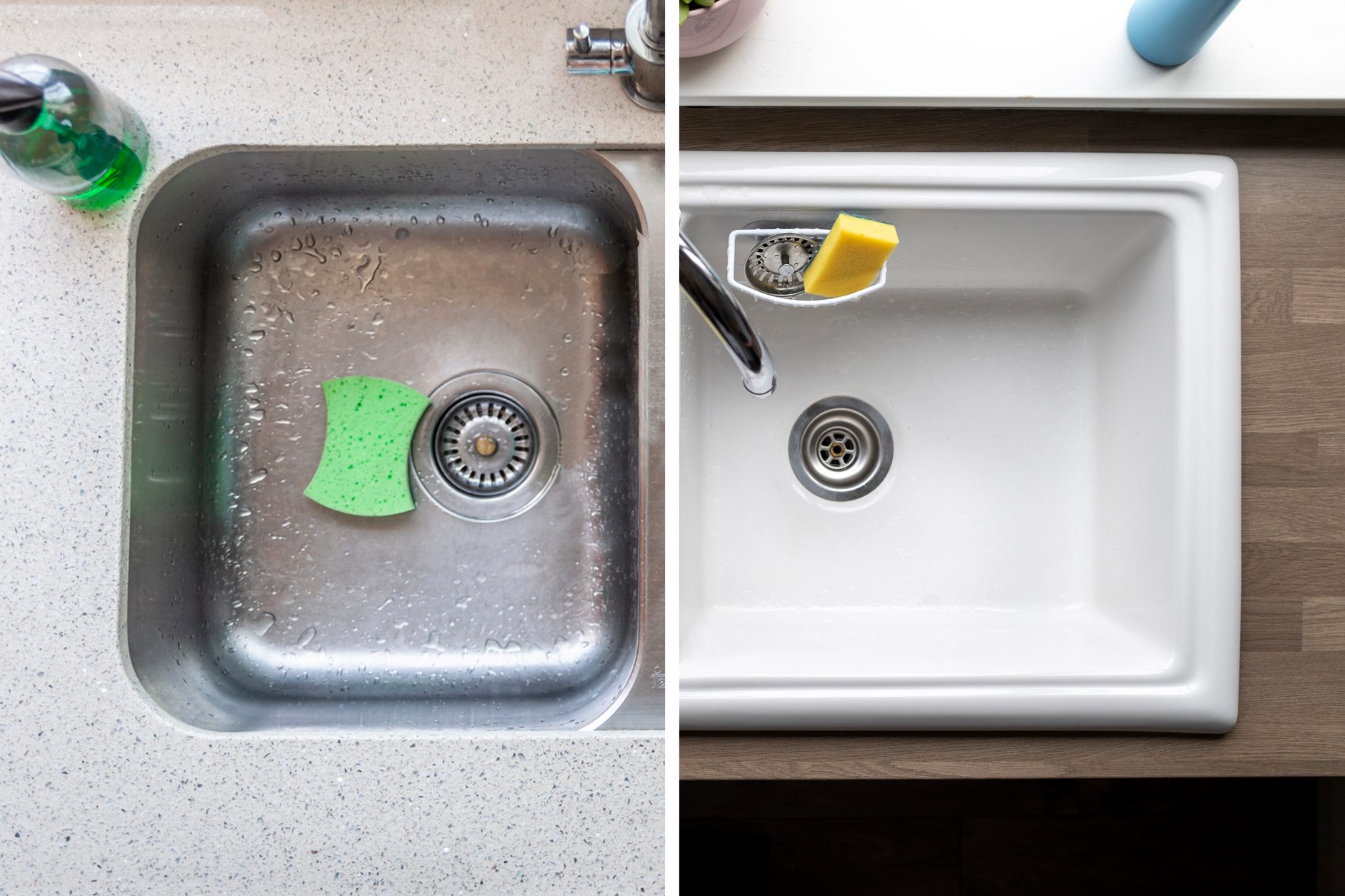





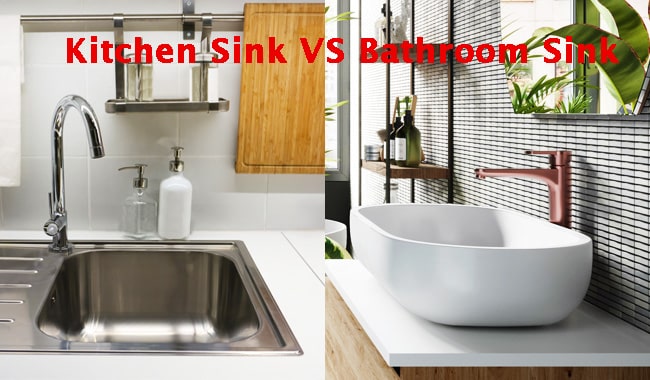


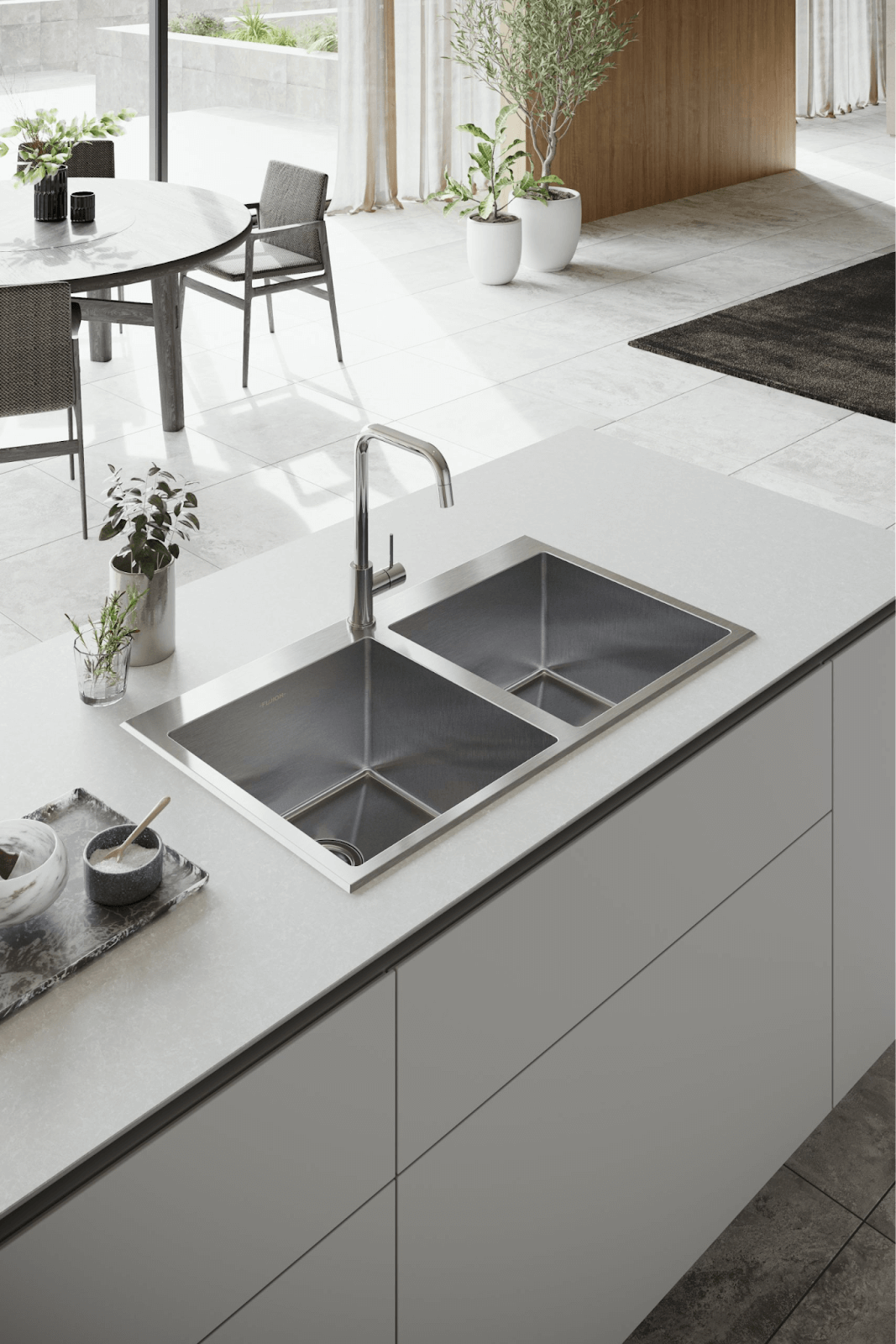


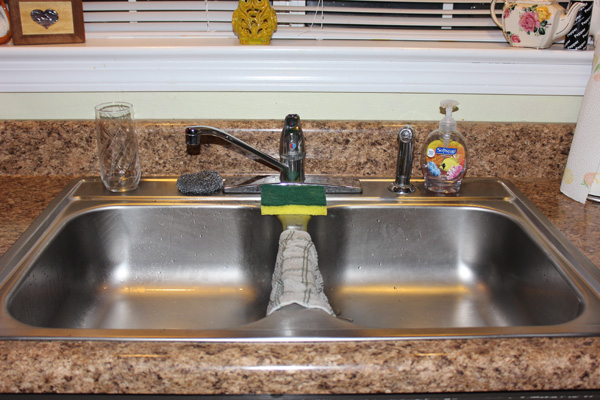


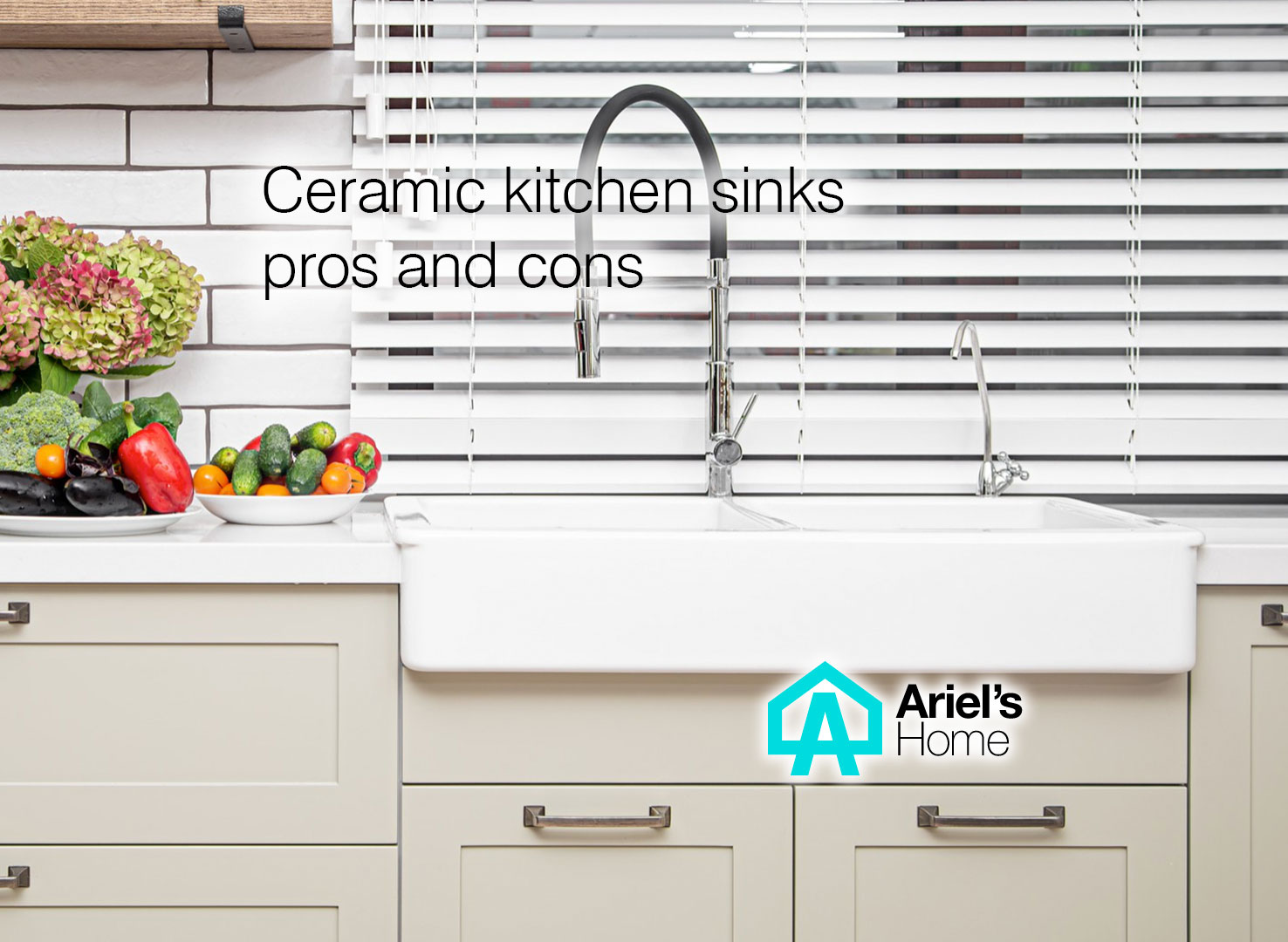
:max_bytes(150000):strip_icc()/basic-kitchen-sink-types-1821207-hero-54418ed30f9540a9aa6148a1394f33a6.jpg)


:max_bytes(150000):strip_icc()/GettyImages-174841379-5a85d100ba61770036d9f06c.jpg)




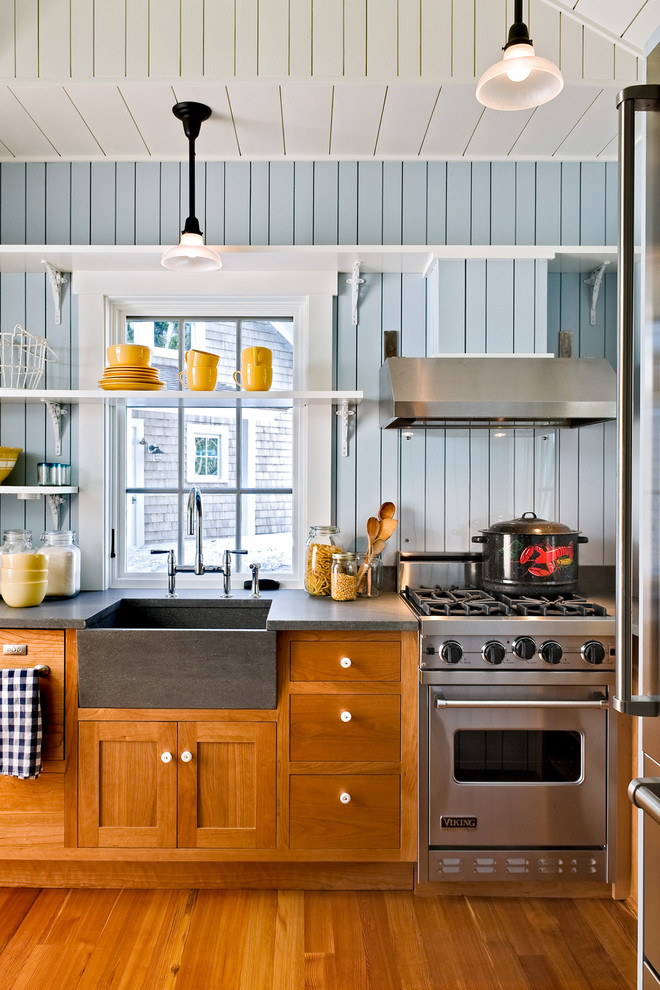
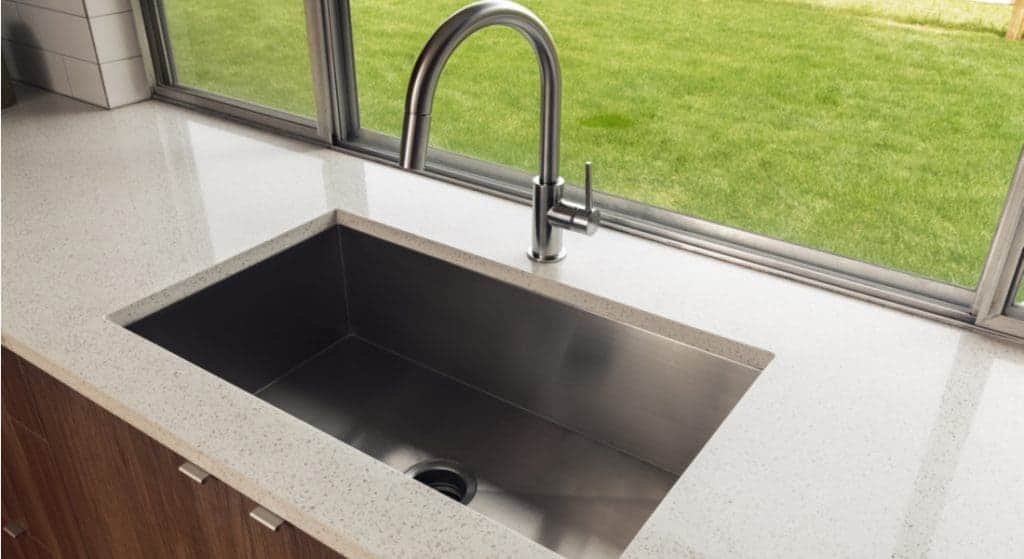
:max_bytes(150000):strip_icc()/Basic-kitchen-sink-types-1821207_color_rev-0b539306b9ef4236a136624ad2a89a4c.jpg)


